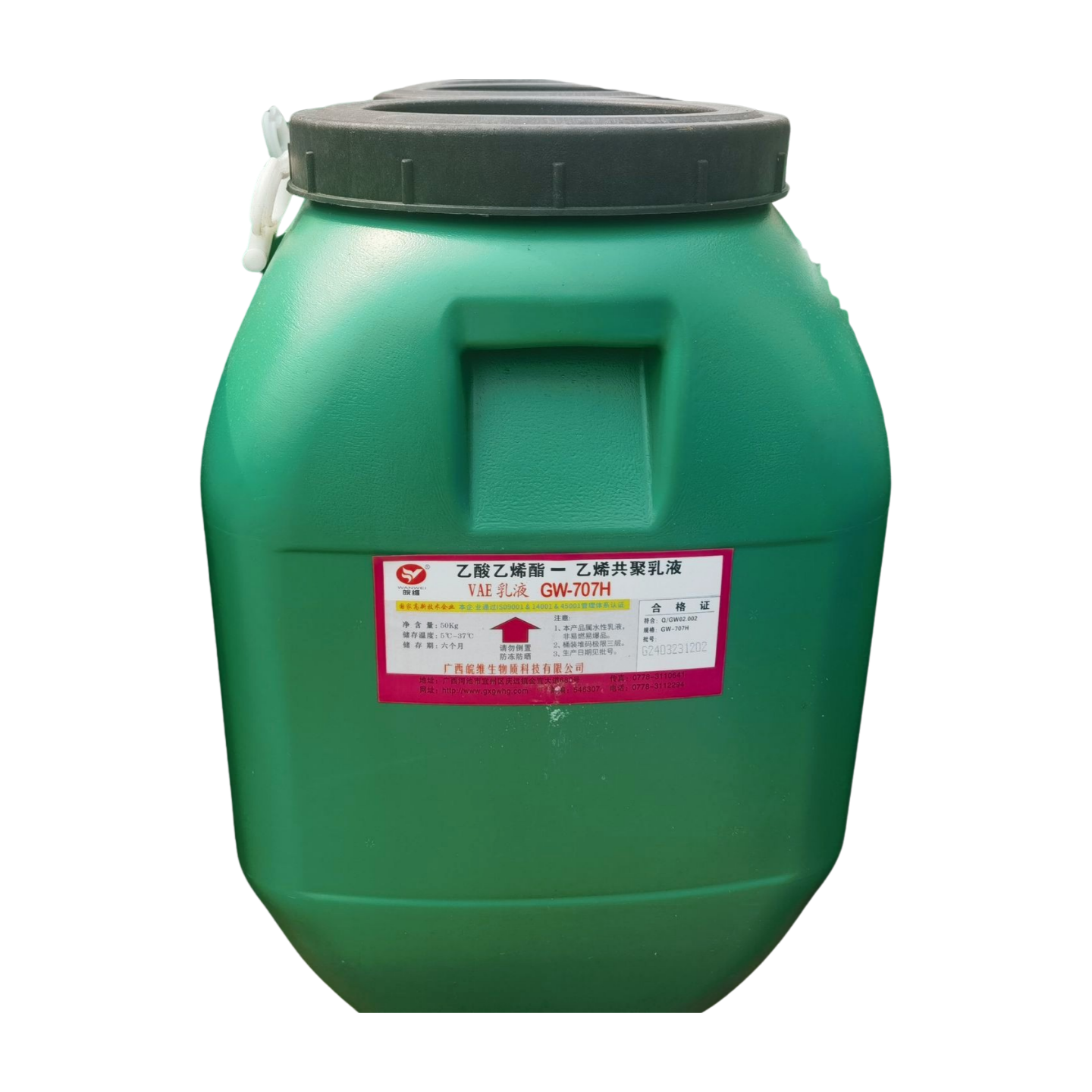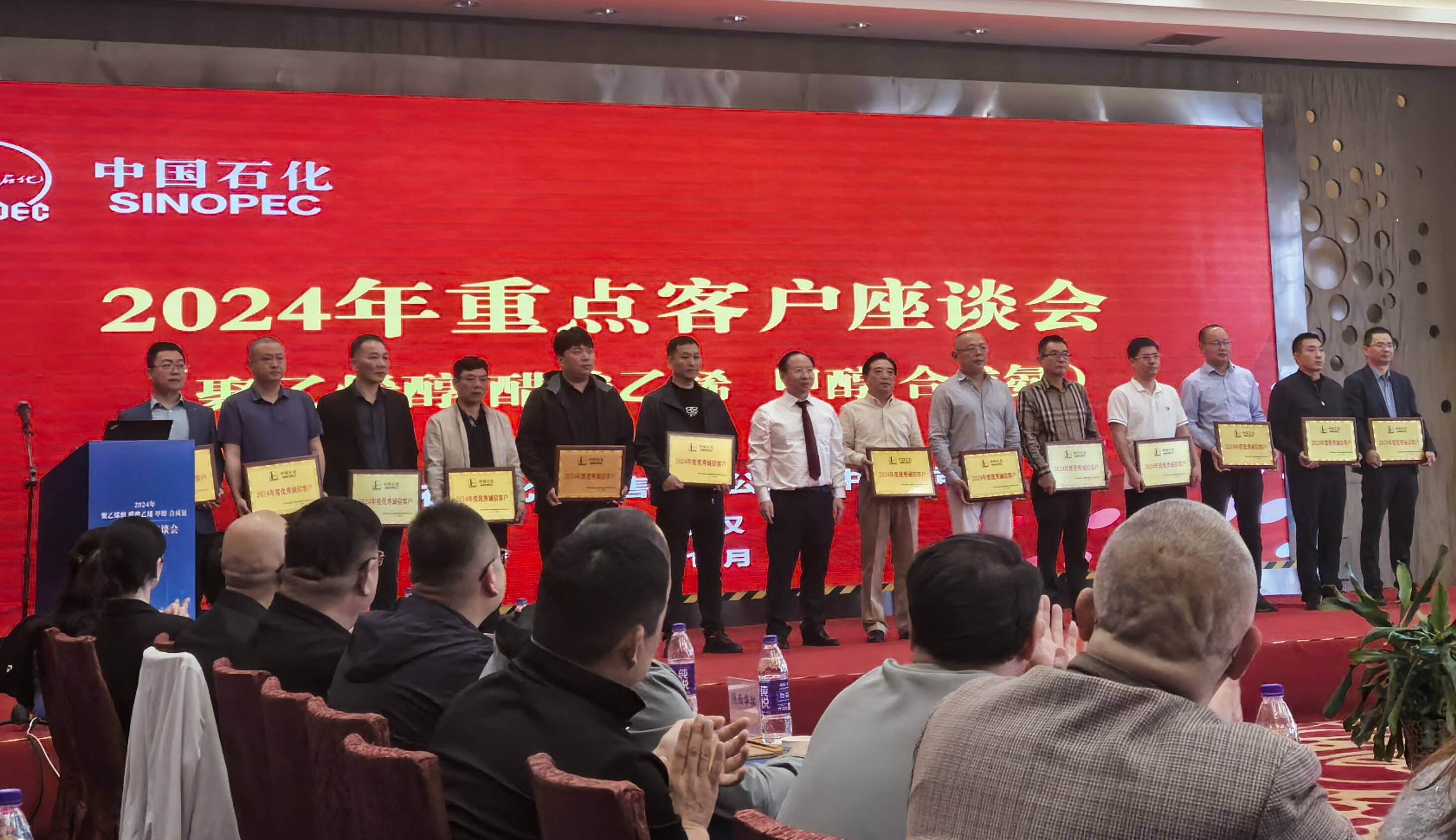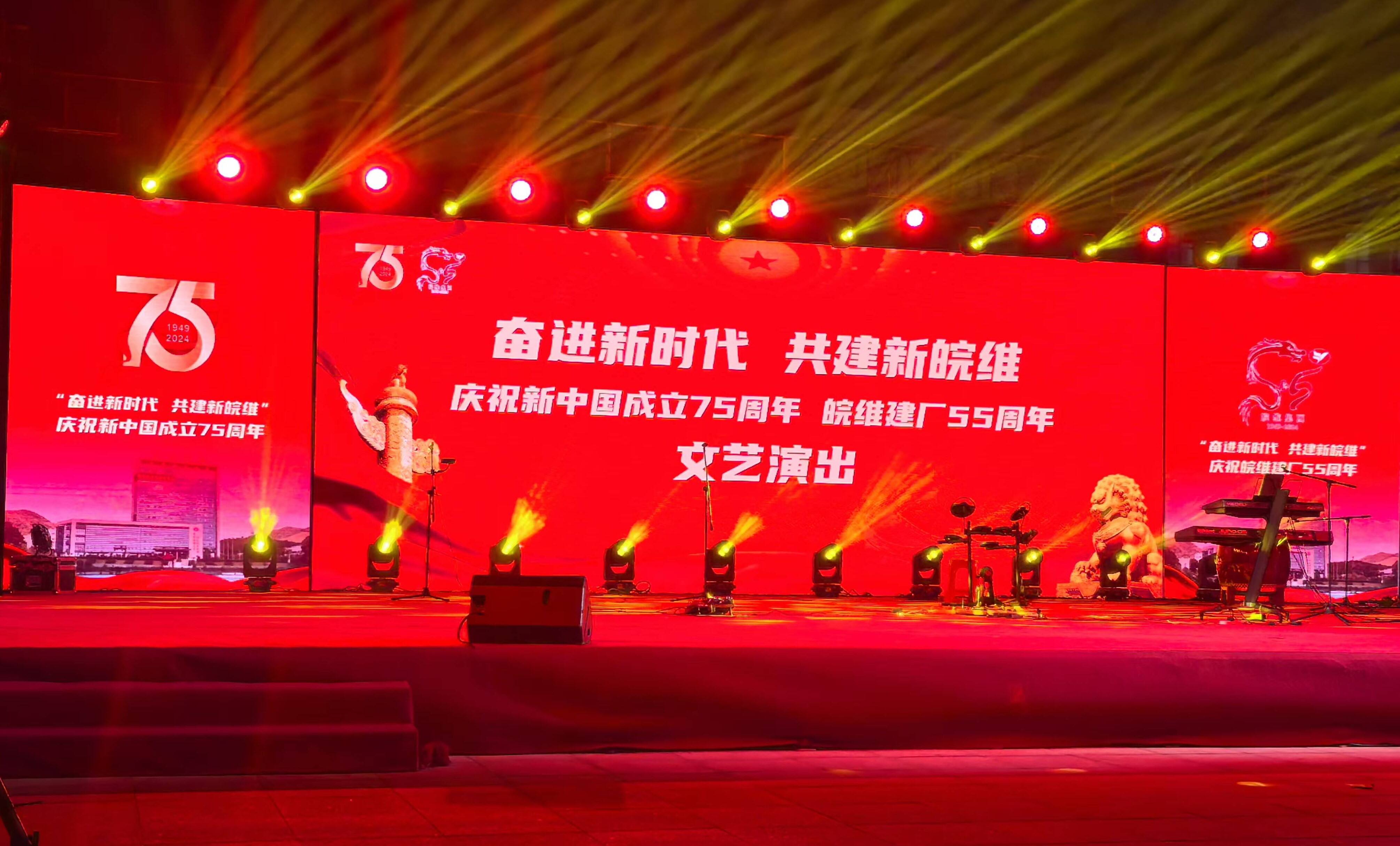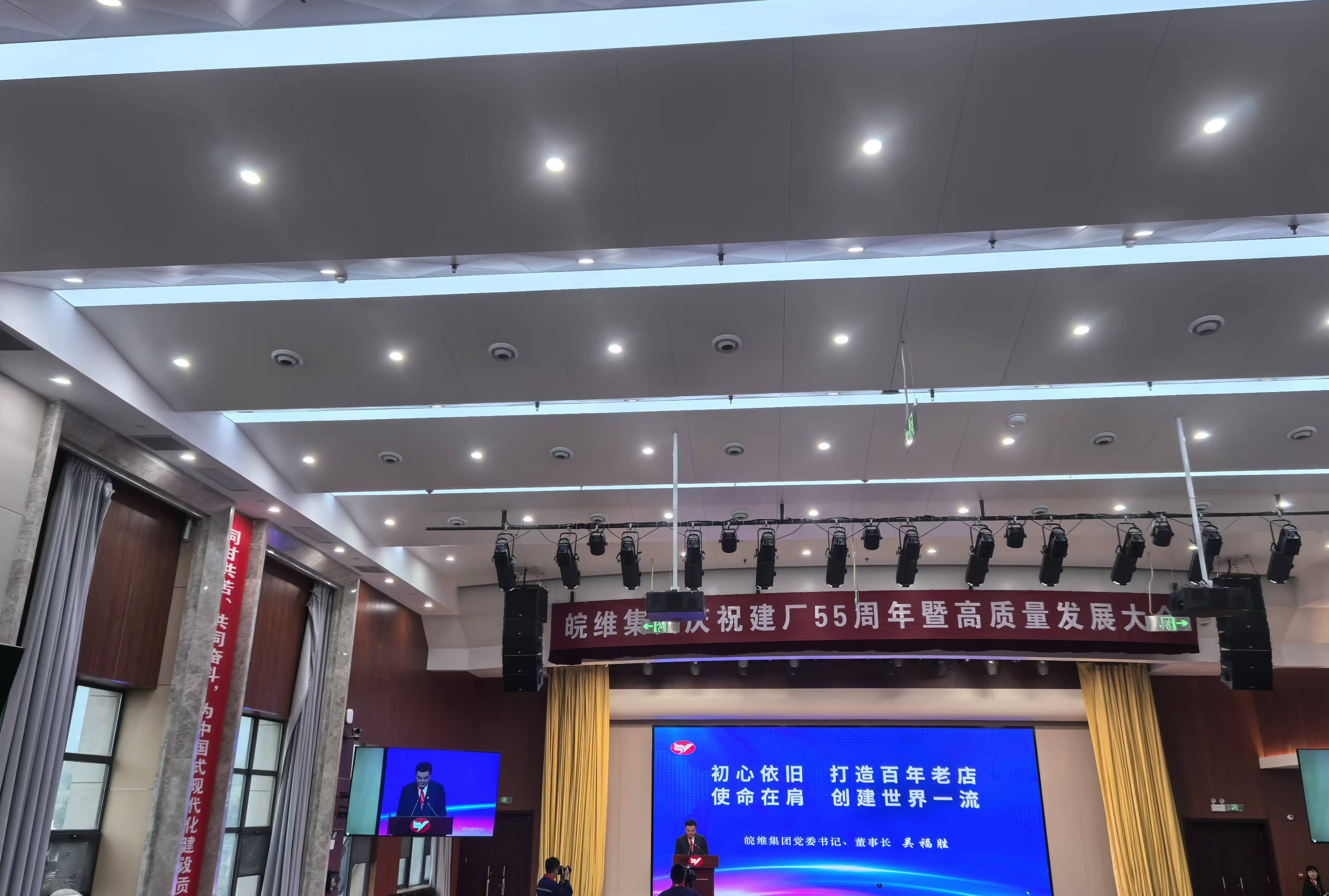Blog
-

Guangzhou Minwei was invited to participate in the groundbreaking ceremony for Jiangsu Wanwei's 200,000-ton-per-year ethylene-based functional polyvinyl alcohol resin and supporting projects
On November 16, our company's General Manager Zhang Chunhao, Deputy General Manager Chen Kaishu and Sales Director Zheng Chengqi were invited to attend the groundbreaking ceremony for Jiangsu Wanwei's 200,000-ton-per-year ethylene-based functional po...
Nov. 17. 2025 -

The Influence of VAE on the Drying Speed of Coatings
Explore the role of VAE in enhancing drying efficiency and coating durability in industrial applications. This article delves into the mechanisms, effects of glass transition temperature, and the environmental impact of VAE and PVA in coating systems.
Jul. 18. 2025 -

PVA 2488: Meeting the Demands of Stringent Packaging Standards
Explore how PVA 2488 meets modern packaging standards through eco-friendly compliance, innovative material properties, and solutions for global markets. Learn about its role in adhering to FDA and EU regulations, its biodegradability, and future-proof strategies against evolving packaging regulations.
Jun. 25. 2025 -

Our company participated in China International Coatings Exhibition (CHINACOAT2024)
2024 China National Coatings Exhibition (CHINACOAT2024) was held in Guangzhou from December 3 to December 5. As a global event for the coatings industry, since 1996, the exhibition has been dedicated to the service industry. It has been held alternat...
Dec. 09. 2024 -

Our company has been awarded the title of "Excellent Integrity Customer" by Sinopec for the year 2024!
Our company has been awarded the title of "Excellent Integrity Customer" by Sinopec for the year 2024! On November 15, 2024, Mr. Zhang Chunhao, the General Manager of Guangzhou Minwei Polyvinyl Alcohol Sales Co., Ltd., and Mr. Chen Kaishu, the Deputy...
Nov. 22. 2024 -

Usage Methods (or Dissolution Methods) of Polyvinyl Alcohol
Discover the various usage and dissolution methods of Polyvinyl Alcohol (PVA) and its applications across different industries.
Nov. 11. 2024 -

The Versatility of Polyvinyl Alcohol in Modern Industry
Explore the versatile applications of Polyvinyl Alcohol (PVA) across industries, from textiles to medical uses, highlighting its eco-friendly benefits.
Nov. 11. 2024 -

The group company held a cultural performance titled "Advancing in the New Era, Building a New Anhui"
To celebrate the 75th anniversary of the founding of the People's Republic of China and the 55th anniversary of the establishment of Wanwei Group with great enthusiasm, on the evening of October 22nd, the Group Company solemnly held a large-cale arti...
Oct. 22. 2024 -

Draw a new chapter for a century together! Wanwei Group held a grand meeting to celebrate the 55th anniversary of its establishment and high-quality development
Recalling the glorious years, creating a better future. On the morning of October 22, the group company held a grand meeting to celebrate the 55th anniversary of the establishment of the factory and high-quality development. Representatives of custom...
Oct. 22. 2024
